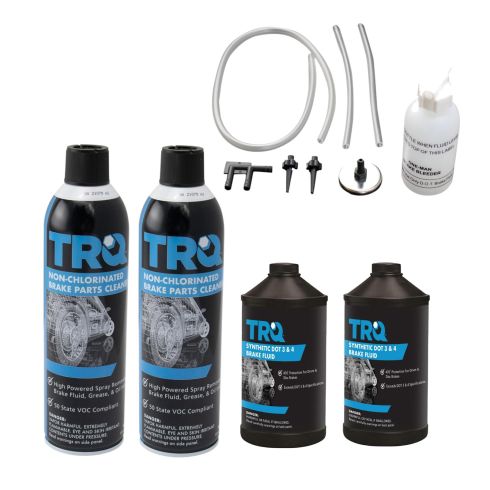1AVCK00018-Brake Caliper Service Kit TRQ KTA52070

Brake Caliper Service Kit

Product Reviews
Loading reviews
There are no reviews for this item.
Customer Q&A
No questions have been asked about this item.











